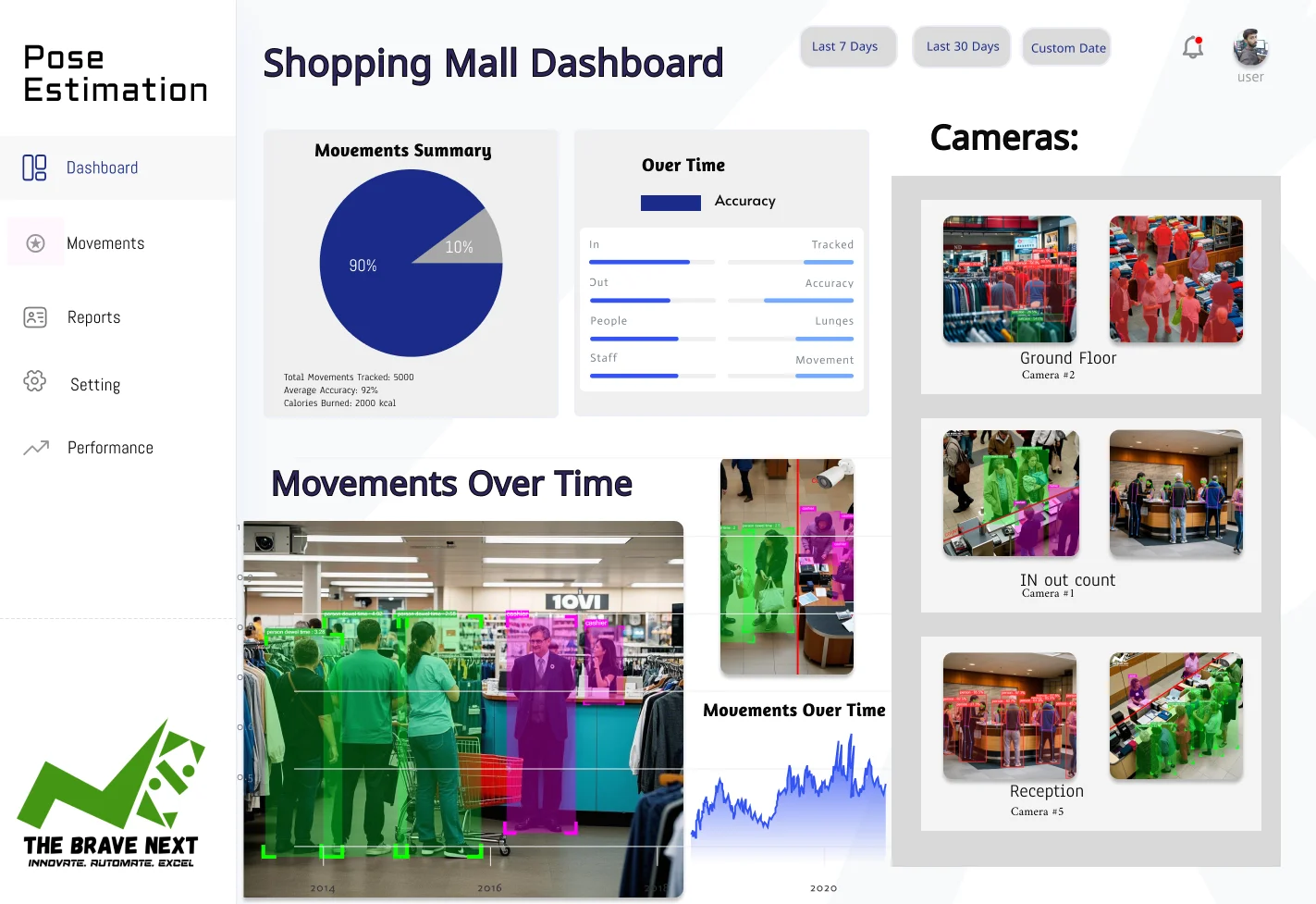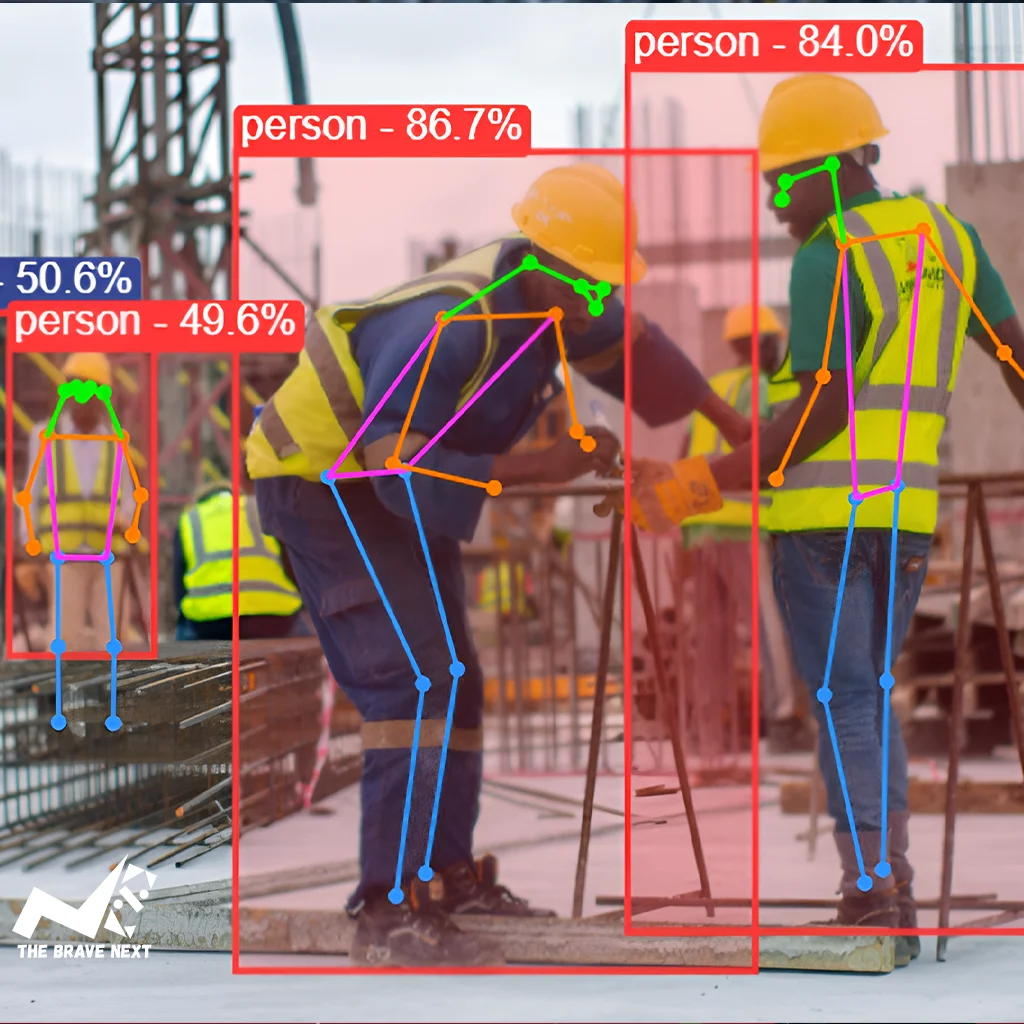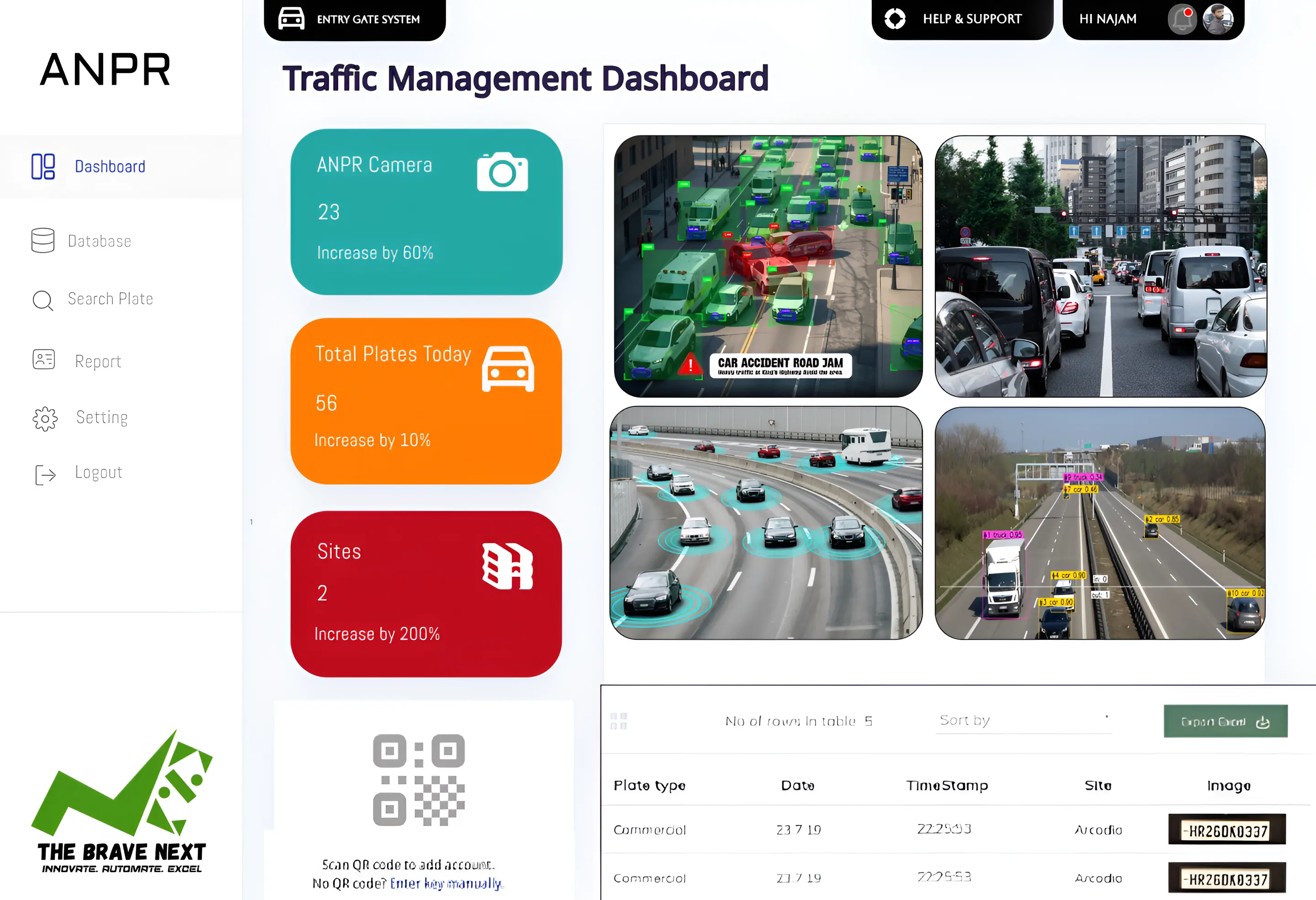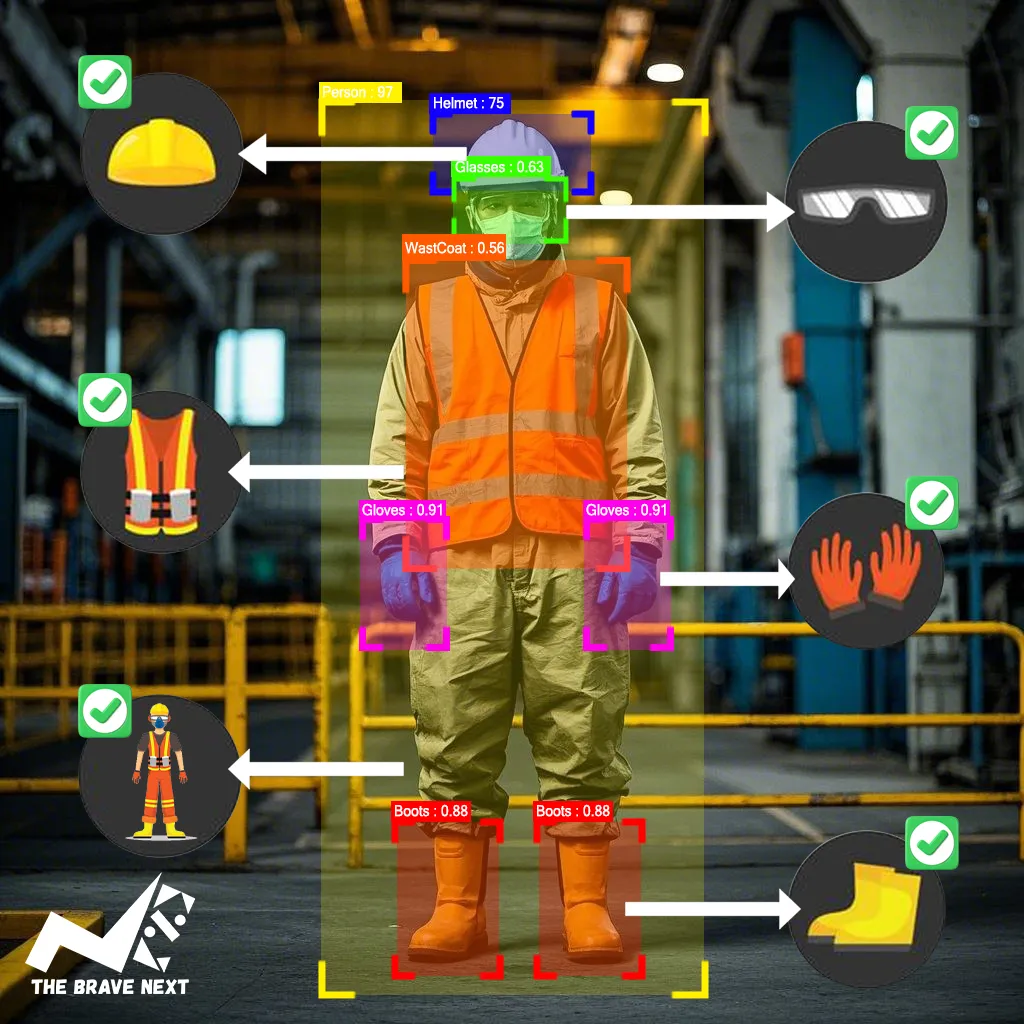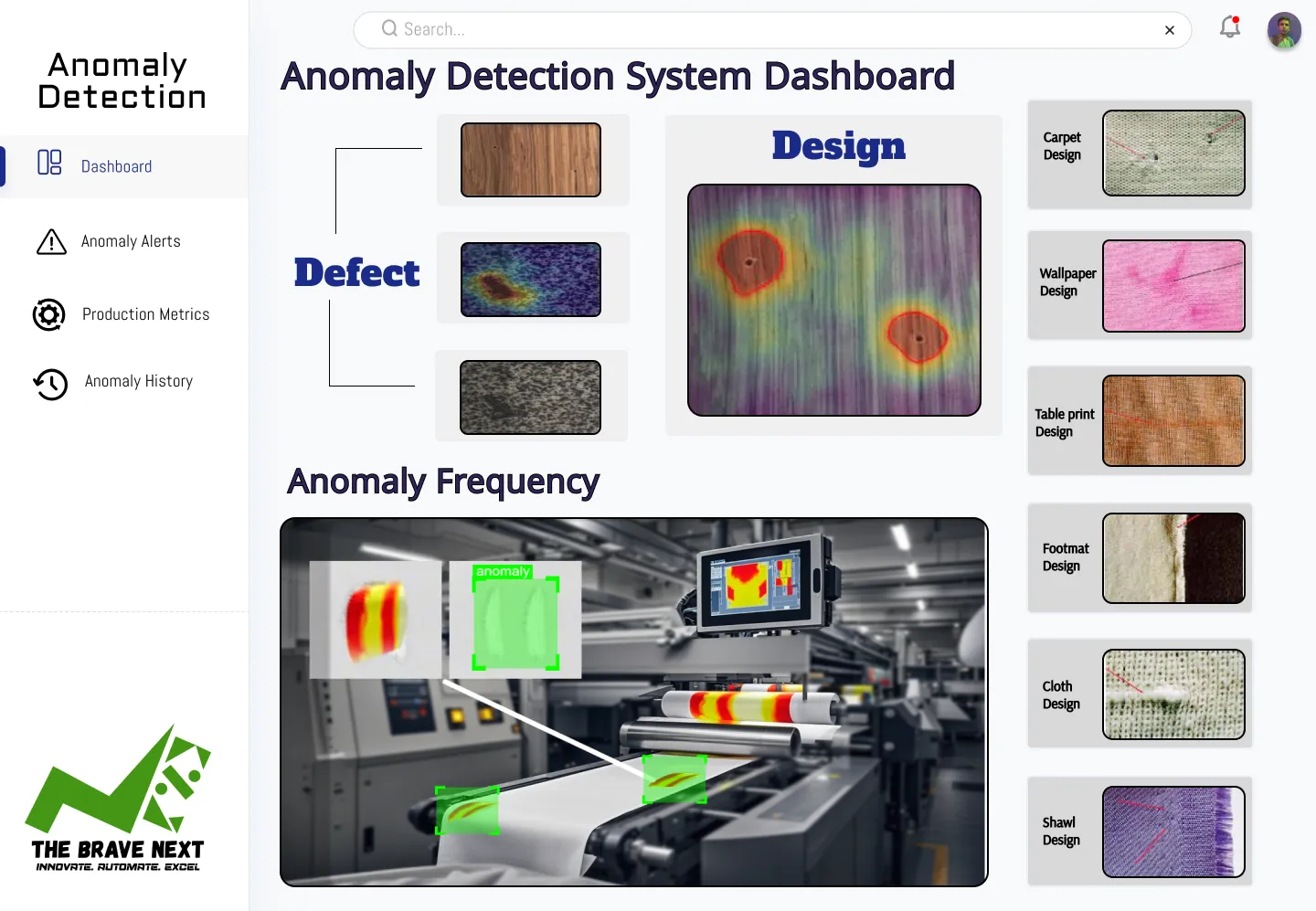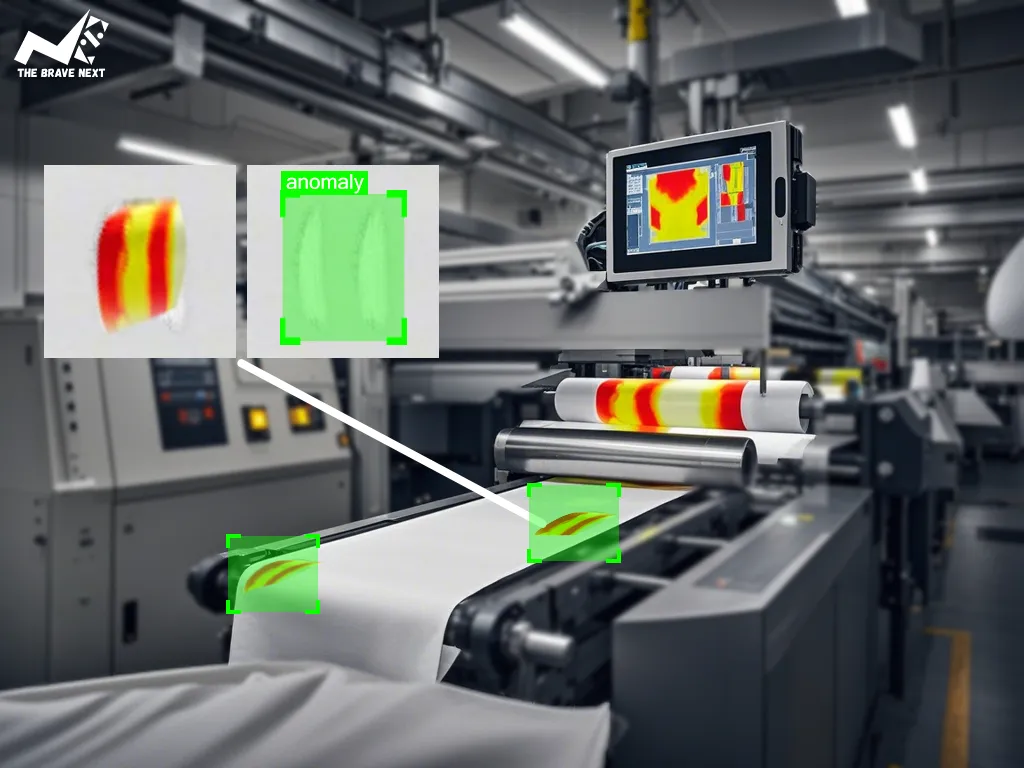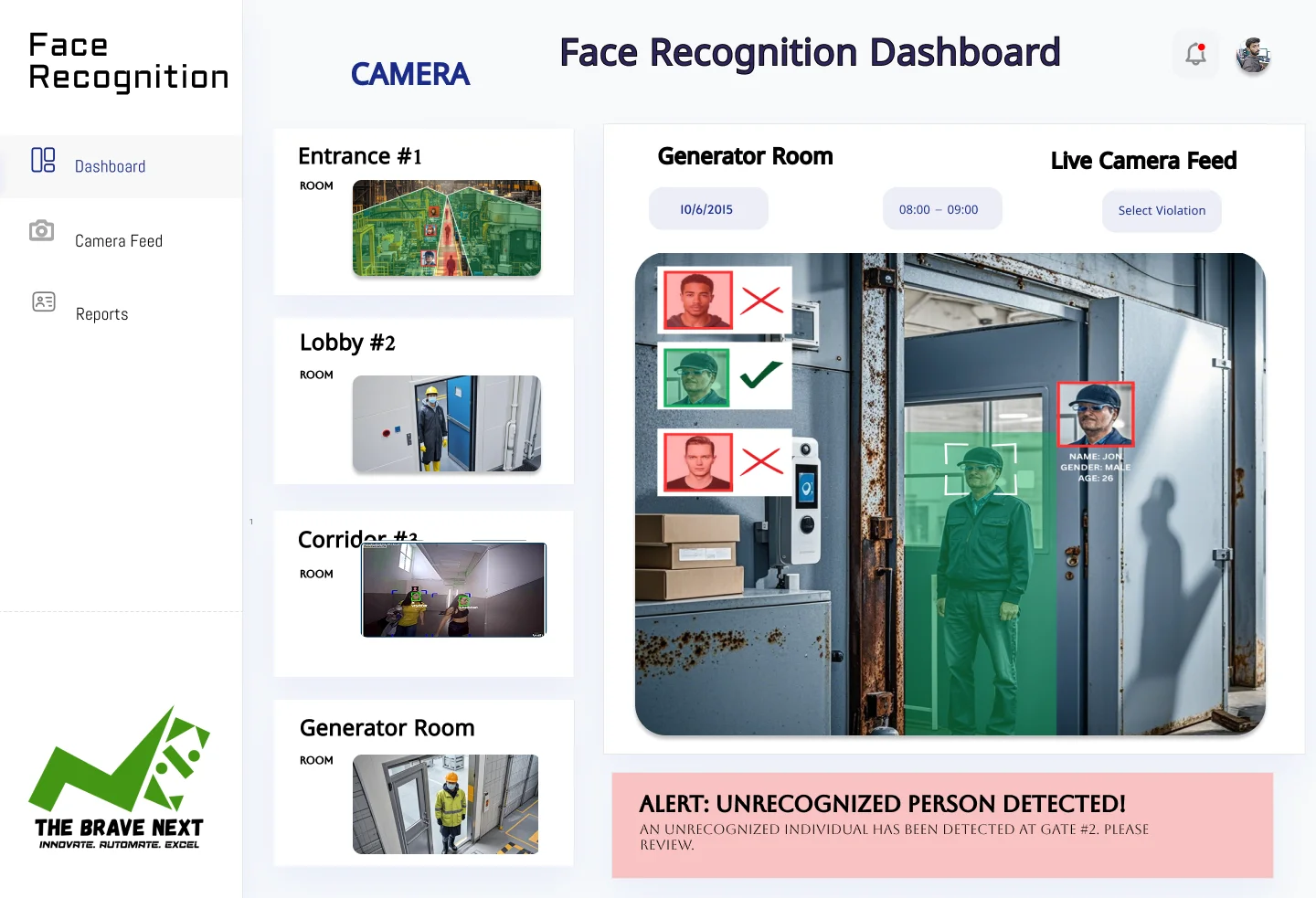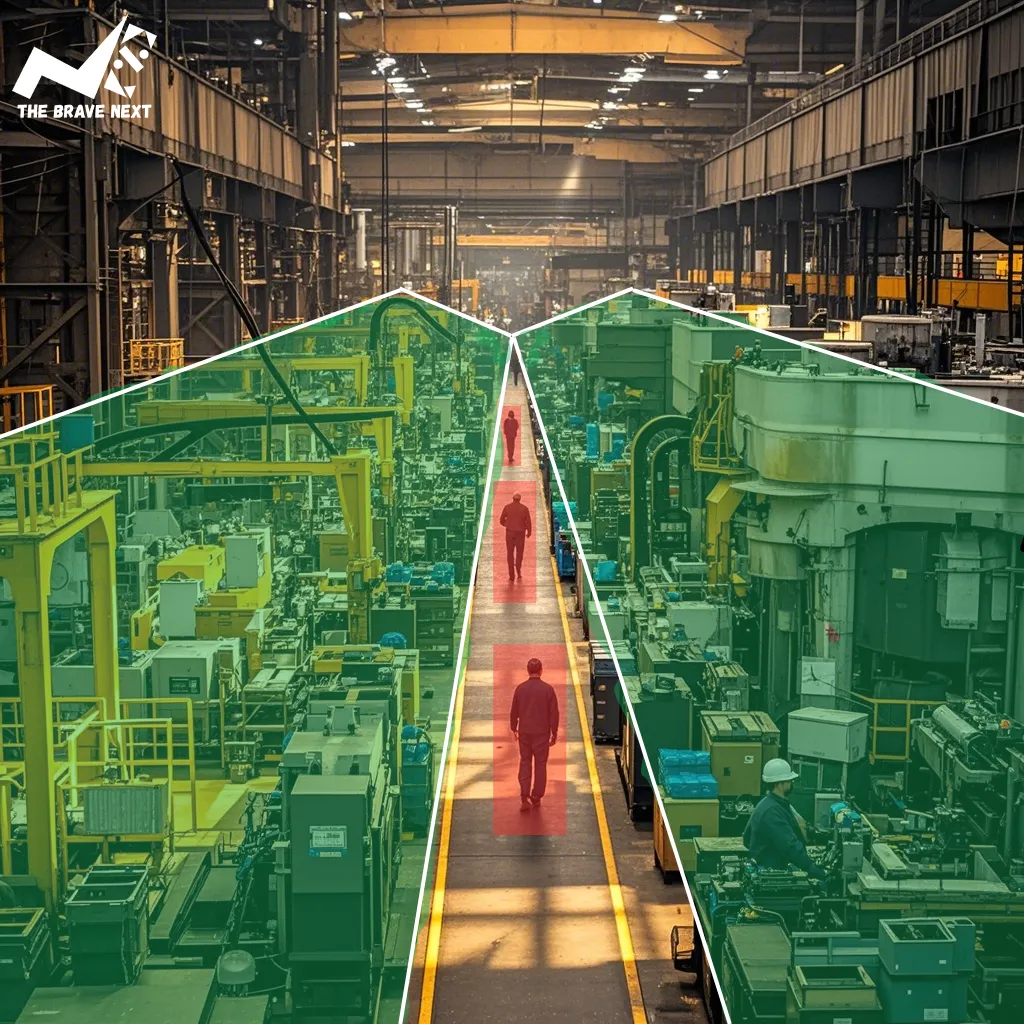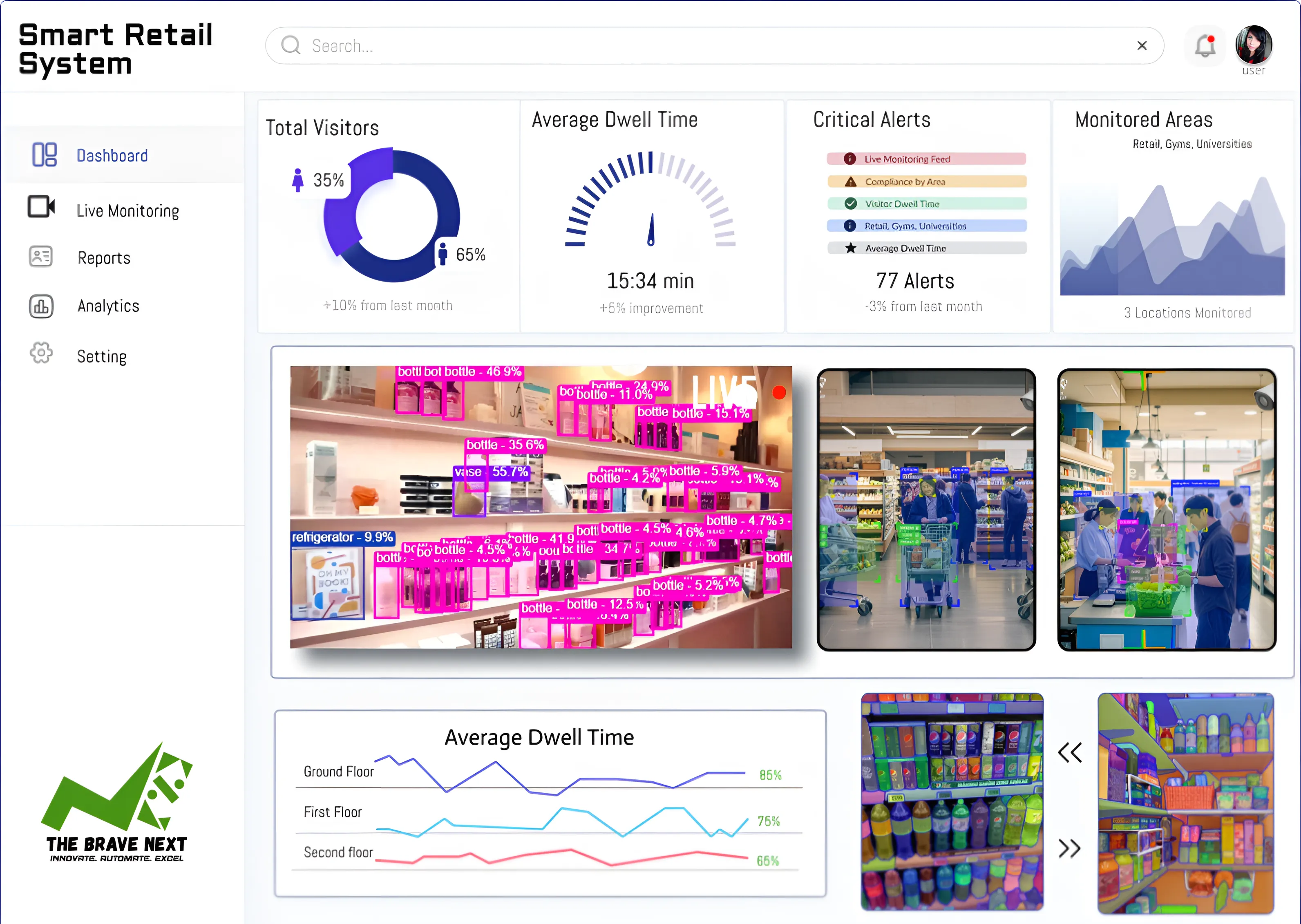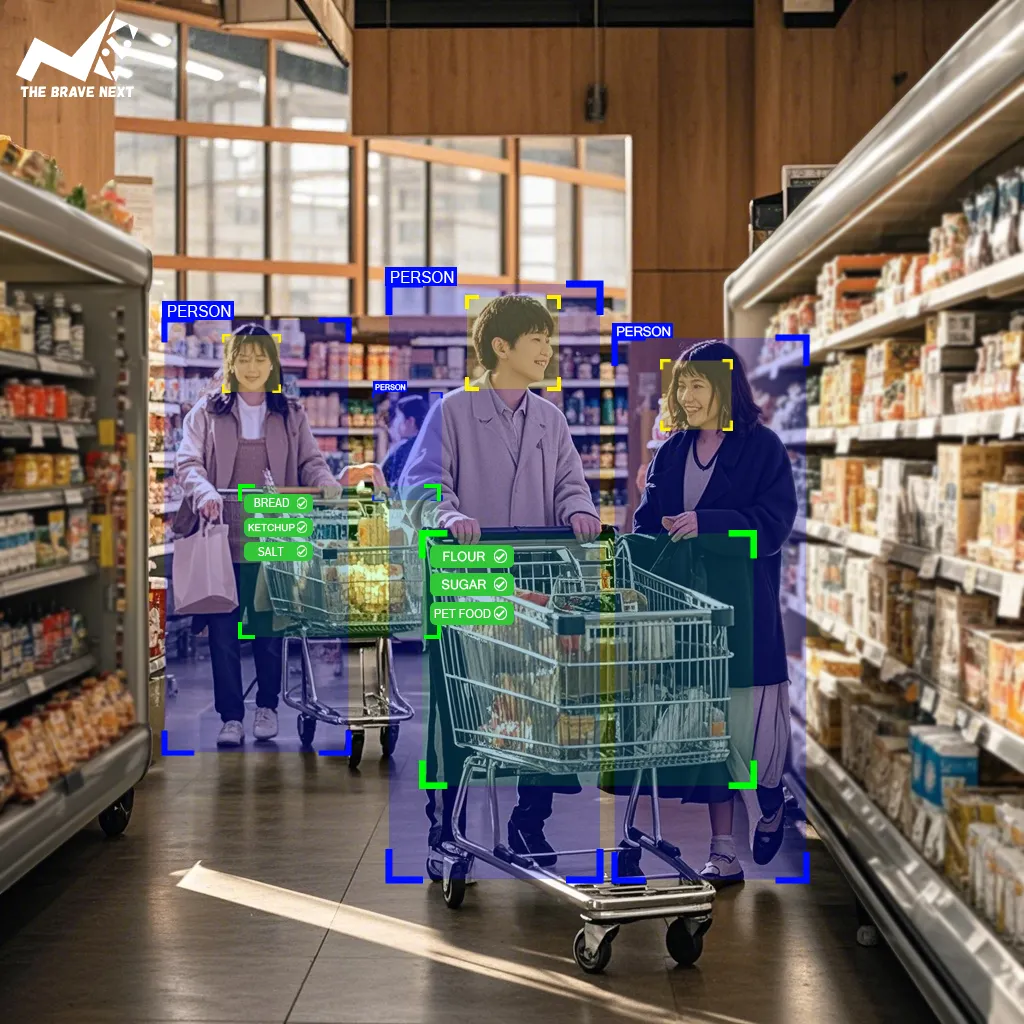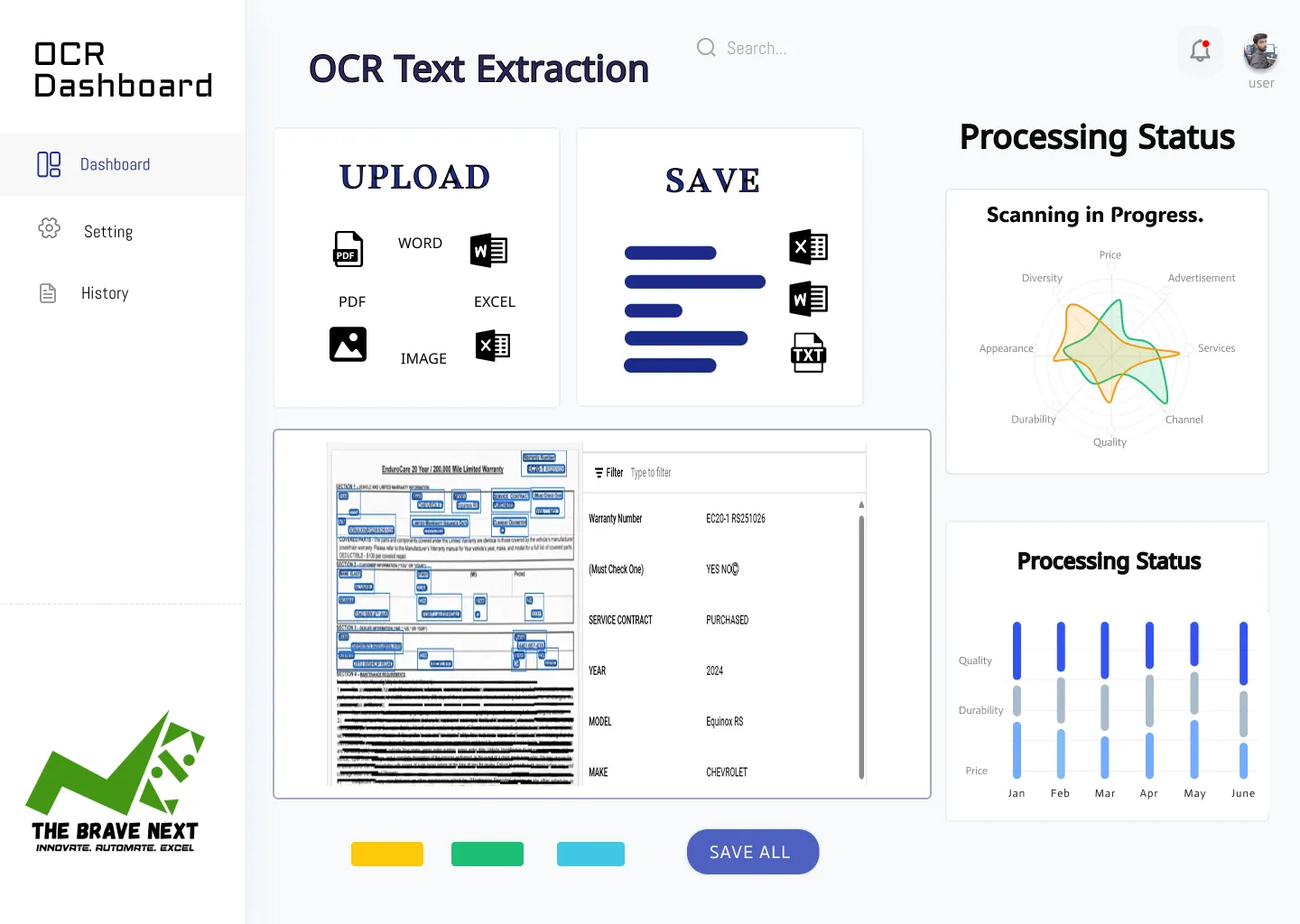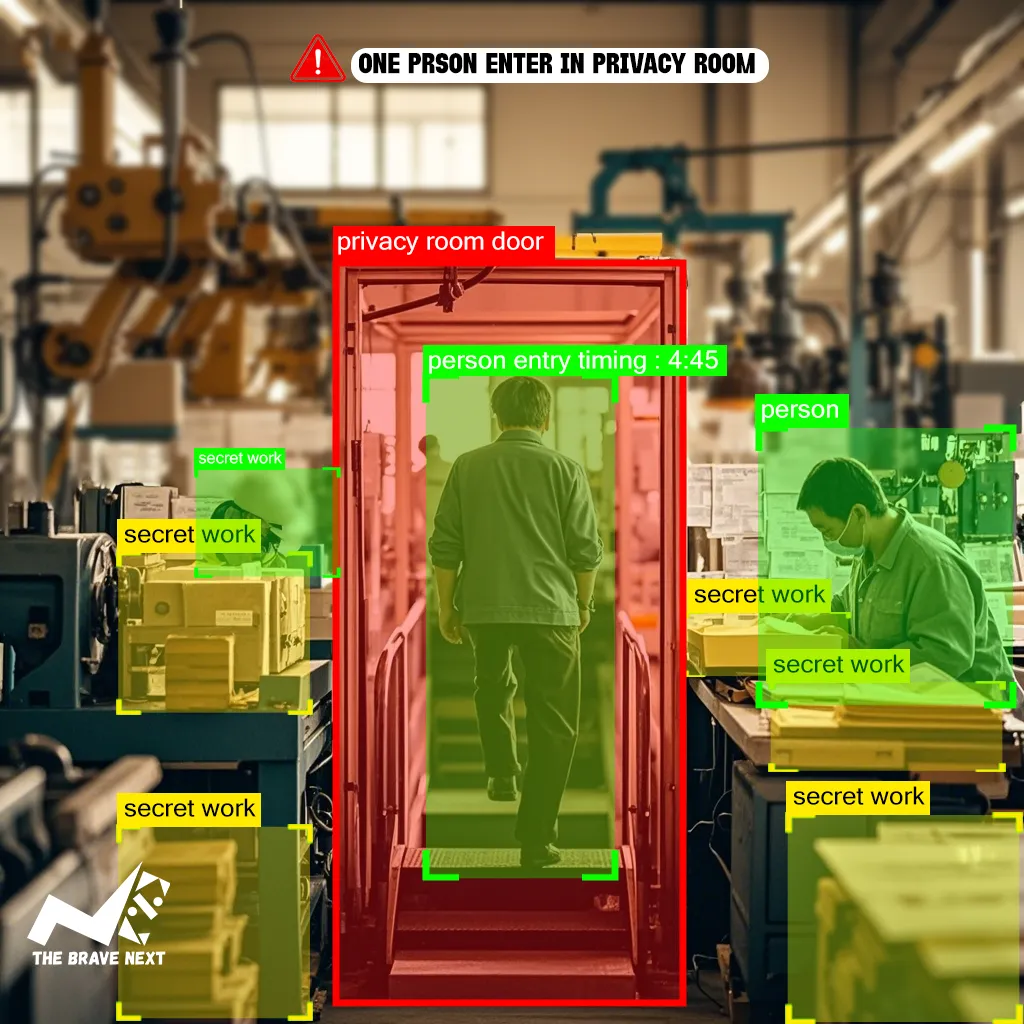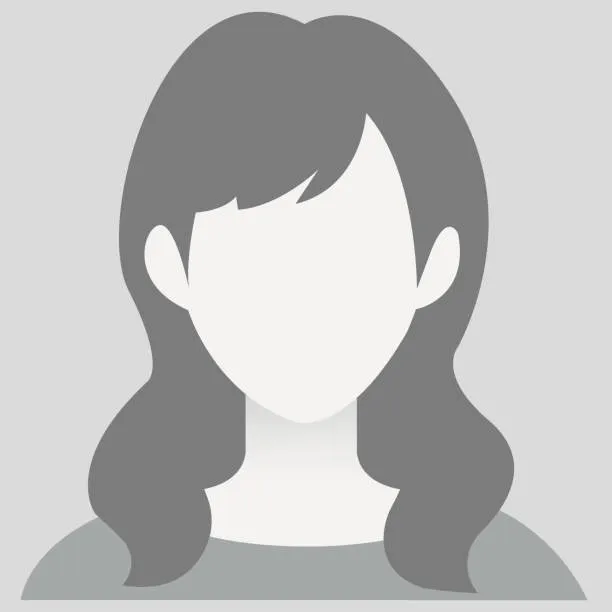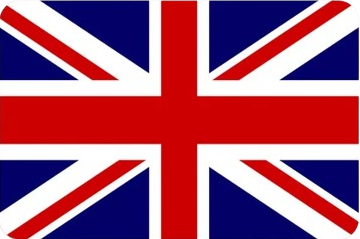Revolutionizing EHS Services with AI Video Analytics
PPE Module

PPE is vital for worker Environment Health Safety (ehs), including helmets, vests, boots, and masks, which must be regularly monitored and maintained.
Housekeeping Module

Clear pathways, unobstructed emergency exits, and quick spill cleanup are crucial for accident prevention and ensuring workplace Environment Health Safety (ehs).
Area Controls Module

AI monitoring ensures operator presence and restricted access, attention to suspended loads, machine proximity, and worker counts for safety.
Other Saftey Alerts Module

Machine guards, secured electrical panels, stair rails, and camera functionality are actively monitored to enhance workplace Environment Health Safety (ehs).
Froklift Controls Module

Forklift Environment Health Safety (ehs) is crucial. We maintain safe distances, ensure proper parking, and follow designated aisles for effective material handling.
Emergency Situation Module

During emergencies, we monitor headcounts, respond to worker incidents, and facilitate orderly evacuations through designated exits.
PPE Module

PPE is vital for worker Environment Health Safety (ehs), including helmets, vests, boots, and masks, which must be regularly monitored and maintained.
Housekeeping Module

Clear pathways, unobstructed emergency exits, and quick spill cleanup are crucial for accident prevention and ensuring workplace Environment Health Safety (ehs).
Area Controls Module

AI monitoring ensures operator presence and restricted access, attention to suspended loads, machine proximity, and worker counts for safety.
Other Saftey Alerts Module

Machine guards, secured electrical panels, stair rails, and camera functionality are actively monitored to enhance workplace Environment Health Safety (ehs).
Froklift Controls Module

Forklift Environment Health Safety (ehs) is crucial. We maintain safe distances, ensure proper parking, and follow designated aisles for effective material handling.
Emergency Situation Module

During emergencies, we monitor headcounts, respond to worker incidents, and facilitate orderly evacuations through designated exits.
